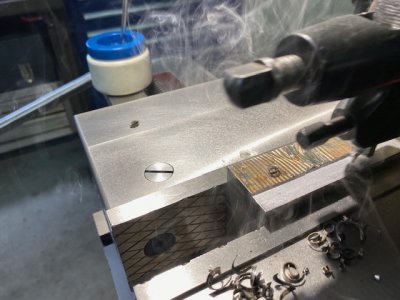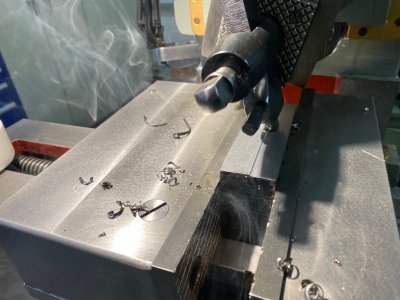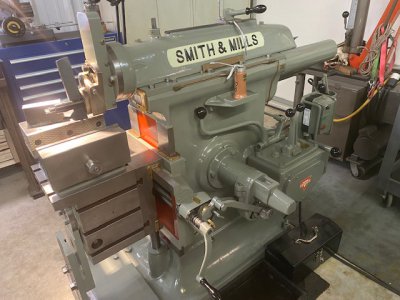More than 5 X too fast for HSS. This is why you are burning up the HSS.
Actually drop it down to 170 RPM or so if low carbon, maybe half that for alloy steel.
Cutting speeds for steels are much lower than for aluminum. Around 90-100 SFM (surface feet per minute) for low carbon steel. Each material has its own recommended SFM. Required RPM can be determined by
RPM = 12 * SFM / ( diameter [inches] * pi ), or approximately by
approx RPM = 4 * SFM/(cutter diameter in inches)
If you follow this general rule, your HSS tooling will thank you. It's ok to run slower for HSS than the formula says. It's not ok, as you found out, to run 5 x faster than the formula. Carbide tooling can run faster, about 3-4 x, depending on the material.
Hope this helps. I was literally burned by this when I first started machining.




